Best Paprika Substitutes: Immediate Solutions When You're Out of Paprika
When you need paprika substitutes immediately, use these three most effective replacements based on your specific cooking need:
- Chili powder (1:1 ratio) - Best all-purpose substitute for regular paprika in most recipes
- Smoked paprika (1:1 ratio) - Essential replacement when smoky flavor is required
- Ancho chili powder (1:1 ratio) - Top choice for sweet paprika in sauces and stews
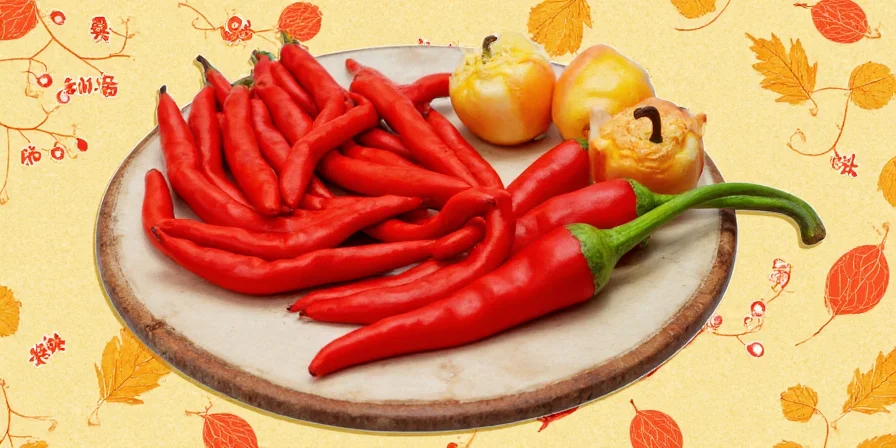
Paprika Substitutes Comparison: Flavor, Heat & Color Match
Choosing the right paprika substitute depends on which characteristic matters most for your recipe: color, flavor, or heat. Here's how to match exactly what you need:
| Substitute | Flavor Profile | Heat Level | Color Impact | Best Recipe Applications |
|---|---|---|---|---|
| Chili Powder | Earthy, mildly spicy | Mild to Medium | Medium Red | Chili, tacos, general cooking - perfect paprika replacement when none specified |
| Smoked Paprika | Smoky, rich | Low to Medium | Bright Red | Spanish chorizo stew, BBQ chicken, deviled eggs - ideal when recipe specifies smoked paprika |
| Ancho Chili Powder | Sweet, fruity, deep | Very Low | Ruby Red | Mole poblano, braises, tomato-based sauces - best sweet paprika alternative |
| Cayenne Pepper | Hot, sharp | High | Bright Red | Dishes needing color and heat - use 1/4 tsp cayenne per 1 tbsp paprika |
| Chipotle Powder | Smoky, spicy | Medium-High | Deep Red | Meat rubs, grilled veggies - optimal smoked paprika replacement with extra heat |
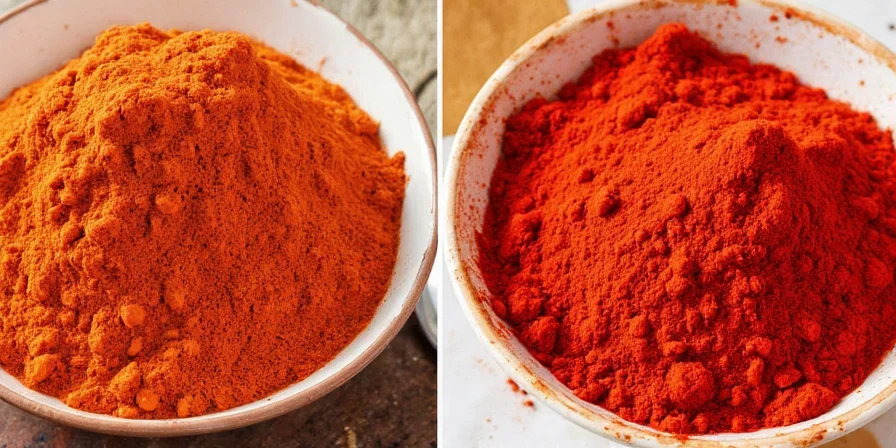
How to Choose the Perfect Paprika Substitute for Your Recipe
Follow this decision framework for flawless substitution every time:
When you need color without flavor change
- For vibrant red color: Use tomato powder (1:1 ratio) plus pinch of cayenne for subtle heat
- For golden-red hue: Saffron provides authentic paella color (use 1/8 tsp saffron per 1 tbsp paprika)
- Budget-friendly red color: Red bell pepper powder (1:1 ratio) with splash of vinegar for balance
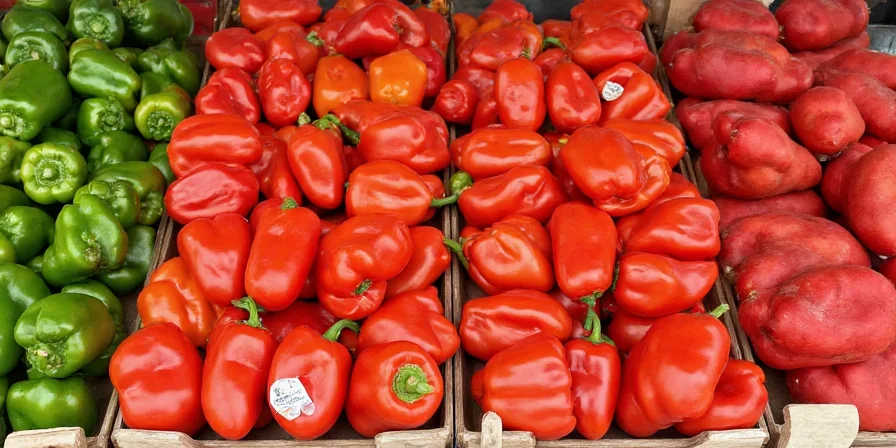
When smokiness matters most
- Traditional Spanish dishes: Chipotle powder with 50% less quantity (it's stronger)
- Authentic paella color: Combine regular paprika with 2-3 drops liquid smoke per tablespoon
- BBQ recipes: 1 tsp chipotle powder + 1/2 tsp cumin per tablespoon of smoked paprika
When heat level is critical
- Mild heat required: Ancho chili powder (1:1 ratio) - closest to Hungarian sweet paprika
- Medium heat needed: Chili powder (1:1 ratio) - matches standard paprika heat
- High heat substitution: Mix 1/2 tsp cayenne + 1/2 tsp tomato powder per tbsp paprika
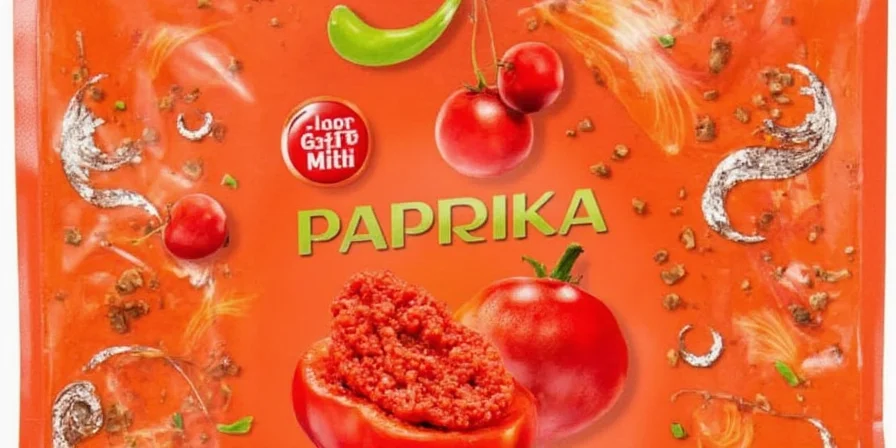
Recipe-Specific Paprika Substitutions That Actually Work
These tested combinations solve specific cooking problems:
- Deviled eggs needing perfect red color: Mix 1 tsp chili powder + 1/8 tsp saffron + pinch of turmeric for vibrant hue without altering flavor
- Chili con carne when out of paprika: Use 2 tbsp chili powder + 1 tbsp tomato paste for authentic depth and color
- Spanish paella without smoked paprika: 1 tbsp ancho powder + 3 drops liquid smoke + pinch of saffron creates authentic flavor profile
- Vegetarian dishes requiring paprika: Red bell pepper powder (1:1) with 1/4 tsp nutritional yeast for umami depth
- Meat rubs when paprika unavailable: Chipotle powder (3/4 ratio) + 1/4 tsp garlic powder for balanced flavor
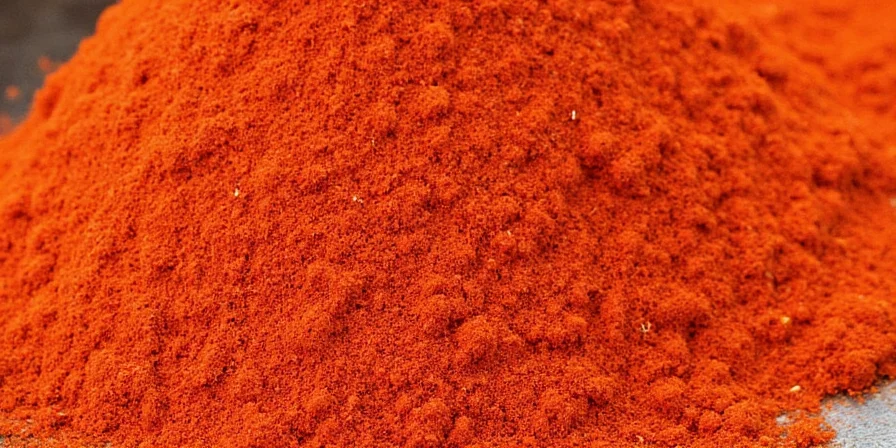
Advanced Substitution Techniques for Perfect Results
Professional chefs use these methods to maximize flavor accuracy when paprika isn't available:
- Moisture adjustment: Dry substitutes like tomato powder absorb liquid - increase broth by 1-2 tbsp per teaspoon used
- Flavor layering: Combine 2 substitutes (e.g., ancho powder + pinch of cayenne) for complex flavor matching
- Timing matters: Add heat-focused substitutes later in cooking to preserve flavor integrity
- Visual verification: Compare color to reference photo before serving - adjust with additional tomato powder if needed
- Cost-effective solutions: Keep dried ancho peppers and grind as needed - 30% cheaper than pre-ground alternatives
When You Absolutely Must Have Paprika
Some dishes truly require authentic paprika flavor. If your recipe specifically calls for Hungarian or Spanish paprika in significant quantities (2+ tablespoons), consider these emergency solutions:
- Make a quick trip to supermarket - paprika is widely available in spice aisles
- Check neighboring households - many keep basic spices like paprika
- Use roasted red peppers - blend 1/4 cup roasted peppers per tablespoon of paprika needed
- Order same-day delivery from grocery services if cooking isn't immediate
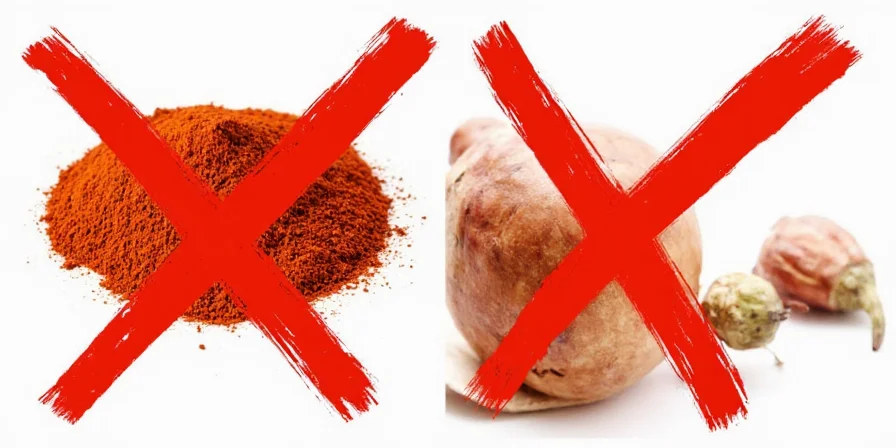
What's the closest substitute for smoked paprika when making traditional Spanish dishes?
Chipotle powder provides the most similar smoky profile, though it brings more heat. For authentic Spanish flavor without heat, combine regular paprika with a few drops of liquid smoke. Alternatively, ancho chili powder offers comparable earthiness with less smoke but similar color.
Can I use cayenne pepper as a direct replacement for paprika in equal amounts?
No—cayenne is significantly hotter. Use only 1/4 to 1/2 teaspoon of cayenne for every tablespoon of paprika called for. For better flavor matching, combine a small amount of cayenne with tomato powder to approximate both the color and mild heat of regular paprika.
Which paprika substitute works best for deviled eggs where appearance matters most?
Smoked paprika remains ideal, but if unavailable, a combination of chili powder and a pinch of saffron provides excellent color with minimal flavor alteration. For vegan options, tomato powder mixed with a touch of nutritional yeast creates a similar red hue with complementary umami notes.
How do I adjust cooking times when using substitutes that affect moisture content?
Dry substitutes like tomato powder absorb moisture, so increase liquid by 1-2 tablespoons per teaspoon used. For fresh alternatives like roasted red peppers, reduce other liquids slightly. Always add substitutes gradually—wait 5-10 minutes after incorporation before assessing flavor balance, as spice compounds need time to integrate with other ingredients.
What's the most cost-effective paprika substitute for weekly family cooking?
Red bell pepper powder offers the best value for regular use—it's inexpensive, shelf-stable, and versatile across multiple cuisines. Buying whole dried peppers and grinding them yourself costs about 30% less than pre-ground alternatives while providing fresher flavor. For occasional smoked flavor needs, keep a small container of chipotle powder rather than smoked paprika, as its stronger flavor means you use less per application.

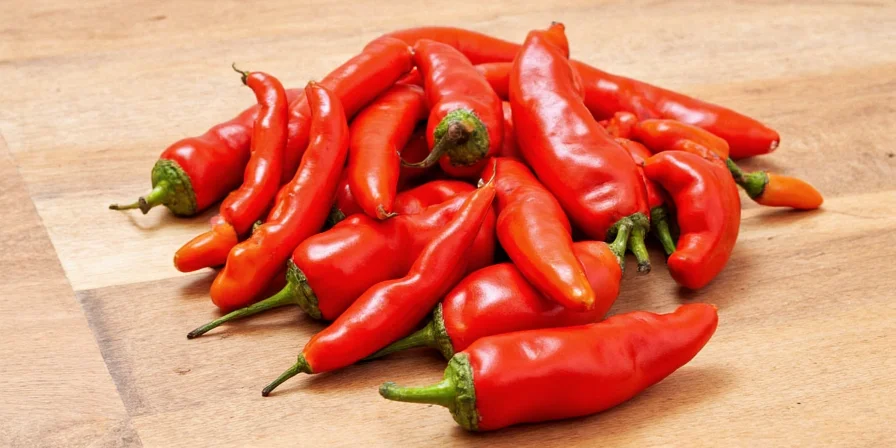









 浙公网安备
33010002000092号
浙公网安备
33010002000092号 浙B2-20120091-4
浙B2-20120091-4